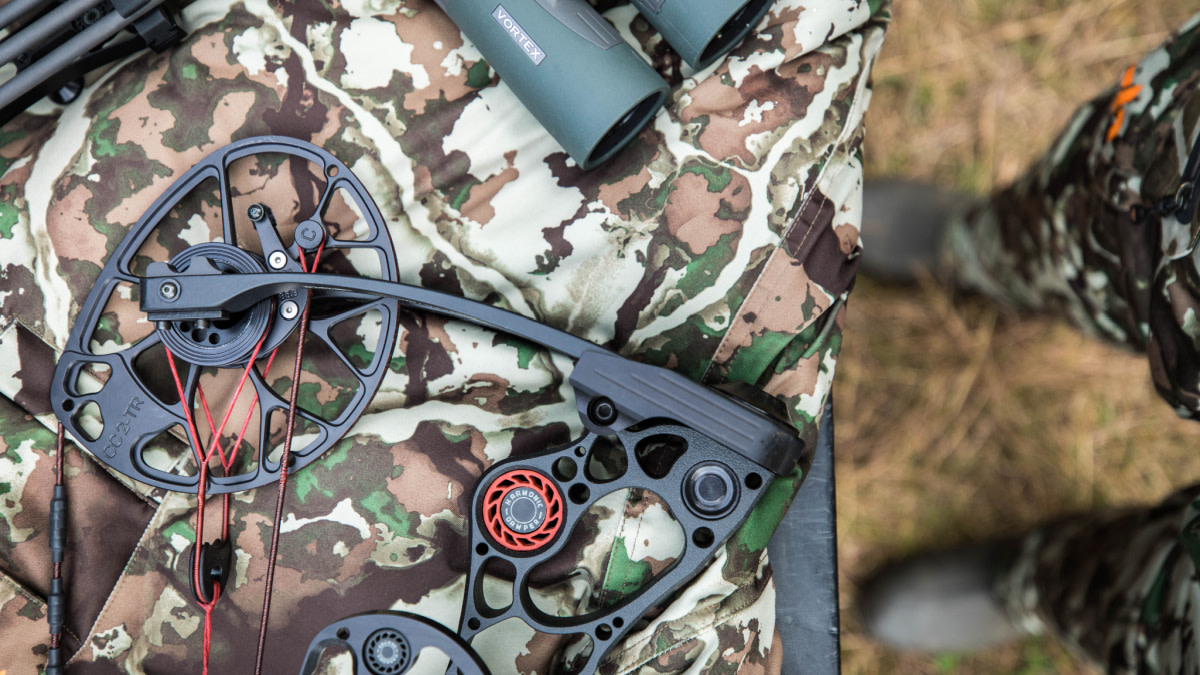
According to the most recent survey conducted by the U.S. Fish & Wildlife Service, there are approximately 11.5 million licensed hunters nationwide. Of these 11.5 million, 3.6 million are bowhunters. Statistically speaking, that means about 68% of the hunting population only hunt with firearms.
I hunted exclusively with a bow for many seasons, only picking up a rifle the last few years. It quickly became apparent that I needed to think differently and adapt my hunting strategies accordingly. While there are many advantages to being a crossover hunter, in my experience, there is perhaps more to be learned by spending days afield with a bow.
Here are a few things gun-only hunters can learn from archers.
Animal Behavior
The most significant lesson that bowhunters are forced to learn involves animal behavior. To get an arrow into an animal, a bowhunter usually needs to predict where an animal will be in the future and stay one step ahead. Outdoors writer and author of “Becoming a Backpack Hunter,” Josh Kirchner is no stranger to the trials and tribulations of bowhunting.
“We [bowhunters] just have to watch them for a much longer period,” Kirchner said. “Bowhunters tend to notice things that other hunter may miss, like how deer will oftentimes bed with their backs to the wind, or how a deer shakes its tail before lifting its head.”
Becoming a student of the quarry and thinking critically about why animals do the things they do will evolve your ways of thinking as a hunter. You will begin to understand why animals bed in certain areas, take note of their preferred browse, and predict their daily movements to the minute. Another valuable perspective comes from studying how game animals react to hunting pressure and choose sanctuaries accordingly. Developing an intimate understanding of how deer use the landscape and finding places that meet each of the deer’s needs will help greatly on your next rifle hunt.
General Woodsmanship
Not that rifle hunters aren’t great woodsmen and women, but archery hunters generally spend a lot more time afield. The more time you spend in the woods, the more opportunities you will have to study the small details and put the whole puzzle together.
“When I started bowhunting a lot, the biggest contrast for me from gun hunting was paying attention to the little things,” Kichner said. “While things still matter with a gun in your hand, like staying quiet and having a good wind, they don’t matter nearly as much. There is much greater room for error because the distance between you and the animal is much greater. Things like paying attention to what leaves and rocks make the most noise when stepped on or noting which way the grass is blowing on that far-off hillside when planning a stalking route. These are things that I personally never really paid attention to as a rifle hunter. I didn’t have to.”
Successful bowhunting regularly requires examination of the finer details, like knowing a productive area when you see it, assessing deer sign, and wind patterns. The importance of the latter cannot be understated. The wind is likely responsible for foiling more archery hunts than all other variables combined.
“Bowhunters need to have a much more intimate knowledge of wind and thermals,” Kirchner said. “In order to get close to animals, it requires us to know things like how the bottom of a cool creek will be pulling your scent down towards it, or that thermals will be headed upwards on a sunny hillside. I’m not saying that all rifle hunters don’t know this stuff, but it definitely isn’t as applicable to most of their hunting scenarios.”
Patience and Persistence
I’ve noticed that rifle hunters who venture into archery hunting tend to carry over a rifle-oriented mindset. Due to the nature of bowhunting, archers fail far more often than they succeed. Close calls, missed opportunities, and skunked hunts are the norm. Experienced bowhunters become mentally prepared to put in the time and effort it takes to be successful, only to never tag a critter. Learning to deal with failure and overcoming obstacles develops a healthy dose of grit and persistence.
Another lesson that seems to evade me as an archery hunter is knowing when to strike and when to be patient. After dozens of failed encounters, you begin to learn what works and what doesn’t. Understanding what factors work in your favor and comprehending when it’s your turn to make a move is a constant juggling act. As Kirchner explained, “With patience comes new, and better, opportunities. Patience is a gateway to learning opportunities. Sometimes, they are fruitless in meat but rich in knowledge.”
I feel that much of the successes in my rifle hunting experience can be accredited to a bowhunter’s mindset. Understanding animal behavior, predicting movements, and selecting productive hunting areas are all skills constantly refined through bowhunting experience.
Feature image via Captured Creative.







Conversation